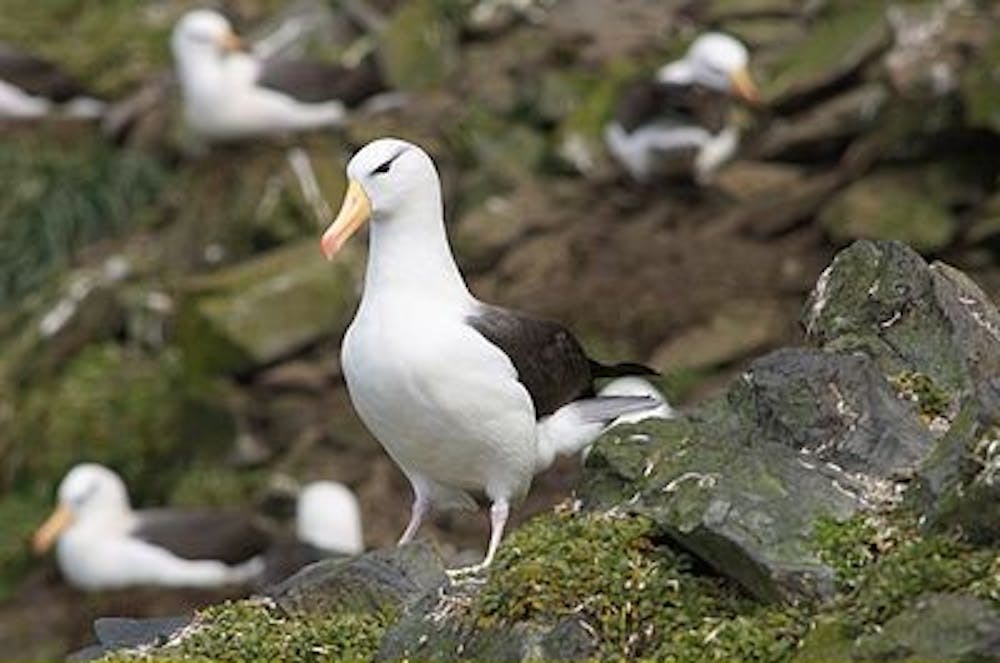BY ELIZABETH LIU
Colorful, floating minefields of plastic pieces affect marine life, from microscopic plankton to the largest whales. A new study estimates that plastic will be found in the majority of seabirds by 2050, shedding light on the wide-reaching effects that plastic pollution can have on marine ecosystems.
Many animals, especially birds, either mistake the bright and colorful plastic particles for food or ingest them accidentally. Once ingested, these pieces of plastic can cause a condition known as gut impaction, which can lead to weight loss and death.
The study, published in the Proceedings of the National Academy of Sciences, was performed in the Commonwealth Scientific and Industrial Research Organization (CSIRO) in Australia and the Imperial College London.
The study’s authors used oceanographic and ecological modeling to predict the risk of plastic ingestion by different marine species. They looked at the predicted distribution of plastic and the ranges of 186 different species of seabirds. They also incorporated older studies about plastic ingestion by seabirds that had been performed between 1962 and 2012.
Their results suggest that approximately nine out of 10 seabirds alive today have ingested some kind of plastic like bags, bottle caps or plastic fibers from clothes. This estimate has increased over time: In the 1960s, only five percent of seabirds were predicted to have ingested plastic and 80 percent of seabirds were predicted to have consumed plastic in 2010. If the trend continues, the researchers predict that 99 percent of seabirds will have swallowed plastic by 2050, which highlights the pervasiveness and ubiquity of plastic in the environment.
Interestingly, the researchers considered the areas with the highest densities of plastic, such as the Great Pacific Garbage Patch located in the Pacific Ocean between Japan and the west coast of North America, to be of lesser concern. This was mainly because relatively few species of animals live in this plastic-heavy region.
The researchers found that the seabirds living in the Southern Ocean boundary in the Tasman Sea (the area between Australia and New Zealand) are at the highest risk of plastic consumption even though this area was previously considered to have low concentrations of plastic debris. This is because the effects of plastic pollution would be more devastating in areas with a greater diversity of species such as shorelines and islands. In areas with high biodiversity, more species would be interacting with and feeding on one another.
As more litter finds its way into the ocean, more and more species of animals will be at risk. The study reports that the amount of plastic humans produce doubles every 11 years. This plastic washes out into the ocean from rivers, sewers and waste depots. Once in the ocean it can end up in one of the five great garbage patches, areas where plastic concentration can get as high as 580,000 pieces per square kilometer. These patches exist in the Pacific, Atlantic and Indian Oceans.
However, researchers are optimistic that the harm can still be reversed. Another study has found that eight million metric tons (about 17.6 billion pounds) of plastic are disposed of in the ocean every year, so improving waste management can likely reduce the amount of plastic threatening marine life.
Individual actions could also have an effect on the amount of plastic that is floating in the world’s oceans. Many agree that reducing litter and placing recyclable plastic items in recycling bins are effective ways to reduce the world’s plastic footprint and keep our oceans healthy and clean.





